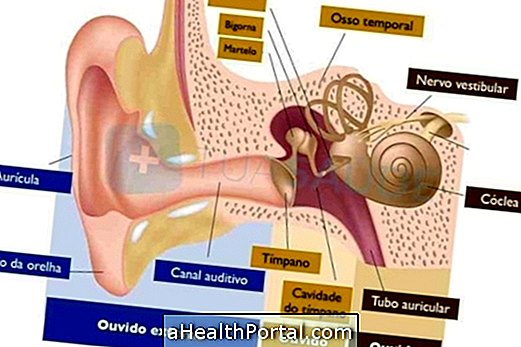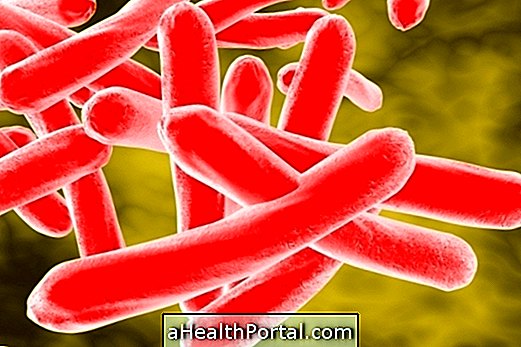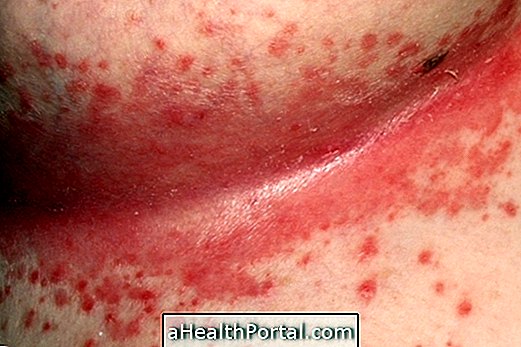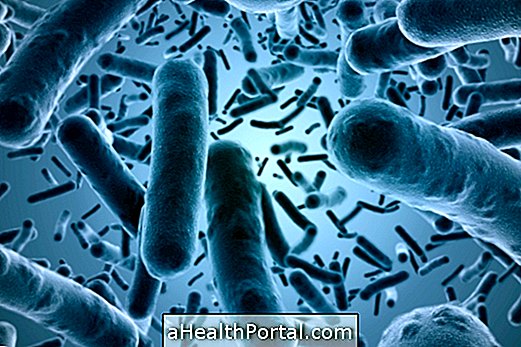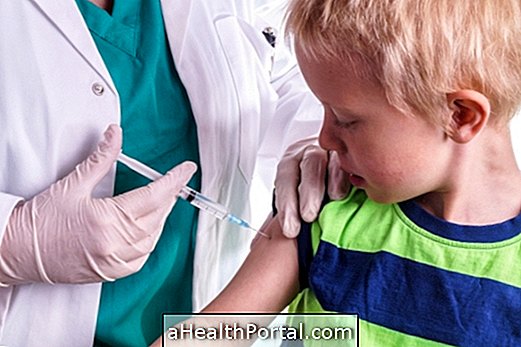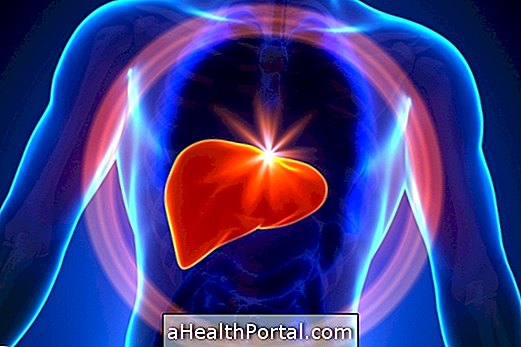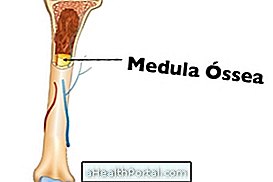Ewing's sarcoma is a rare type of cancer that arises in the bones or surrounding soft tissues, causing symptoms such as pain or constant pain in a region of the body with bone, excessive tiredness or the appearance of a fracture without an apparent cause.
Although it can appear at any age, this type of cancer is much more frequent in children or young adults between 10 and 20 years of age, usually starting in a long bone, such as those in the hips, arms or legs.
Depending on when it is identified, Ewing's sarcoma can be cured, however, it is usually necessary to do high doses of chemotherapy or radiation to completely eliminate the cancer. For this reason, even after finishing the treatment, it is necessary to have regular consultations with the oncologist to check if the cancer returns or if the side effects of the treatment appear later.

Symptoms of Ewing's sarcoma
In the early stages, Ewing's sarcoma does not usually cause symptoms, however, as the disease progresses, some signs and symptoms may appear that are not very specific, and Ewing's sarcoma may be confused with other bone diseases. In general, the symptoms of Ewing's sarcoma are:
- Pain, a feeling of pain or swelling in a place on the body with bone;
- Bone pain that worsens at night or with physical activity;
- Excessive tiredness without apparent cause;
- Constant low fever for no apparent reason;
- Weight loss without dieting;
- Malaise and generalized weakness;
- Frequent fractures, especially in the more advanced stages of the disease, as the bones become more fragile.
This type of tumor affects mainly the long bones of the body, with the highest incidence in the femur, pelvic bones and humerus, which corresponds to the long bone of the arm. Although not common, this tumor can also affect other bones in the body and spread to other regions of the body, characterizing metastasis, the lungs being the main site of metastasis, which makes treatment more difficult.
The specific cause of Ewing's sarcoma is not yet known, however the disease does not appear to be hereditary and, therefore, there is no risk of passing from parents to children, even if there are other cases in the family.
How to confirm the diagnosis
Initially, Ewing's sarcoma can be quite difficult to identify, as the symptoms are similar to more common situations such as sprains or ligament ruptures. Thus, in order to confirm the diagnosis of Ewing's sarcoma, the doctor, in addition to evaluating the symptoms, indicates the performance of imaging exams with the objective of identifying bone alterations and suggestive of a tumor, such as tomography, X-ray and magnetic resonance.
How the treatment is done
Treatment for Ewing's sarcoma may vary depending on the size of the tumor. In the case of larger tumors, treatment is usually started with chemotherapy and / or radiotherapy sessions to reduce the size of the tumor and promote the elimination of a good part of the cancer cells, making it possible to perform the tumor removal surgery, avoided also metastasis.
Surgery for Ewing's sarcoma consists of removing the affected part of the bone and surrounding tissues, but in the case of larger tumors, removal of a limb may be necessary.Then, chemo or radiotherapy sessions may be recommended again to ensure the elimination of cancer cells and decrease the risk of metastasis.
It is important that even after the surgery and the chemo and radiotherapy sessions, the person consults the doctor on a regular basis to check if the treatment was effective or if there is any chance of recurrence.
Was this information helpful?
Yes No
Your opinion is important! Write here how we can improve our text:
Any questions? Click here to be answered.
Email in which you want to receive a reply:
Check the confirmation email we sent you.
Your name:
Reason for visit:
--- Choose your reason --- DiseaseLive betterHelp another personGain knowledge
Are you a health professional?
NoMedicalPharmaceuticalsNurseNutritionistBiomedicalPhysiotherapistBeauticianOther
Bibliography
- GOLDMAN, Lee; SCHAFER, Andrew I .. Goldman-Cecil Medicine. 25 ed. Rio de Janeiro: Elsevier, 2018. p. 1399.
- INCA. Ewing's sarcoma - version for Health Professionals. Available in: . Accessed on 25 May 2020



